Analysis of operational data is helping to improve aquaculture production and optimize quality
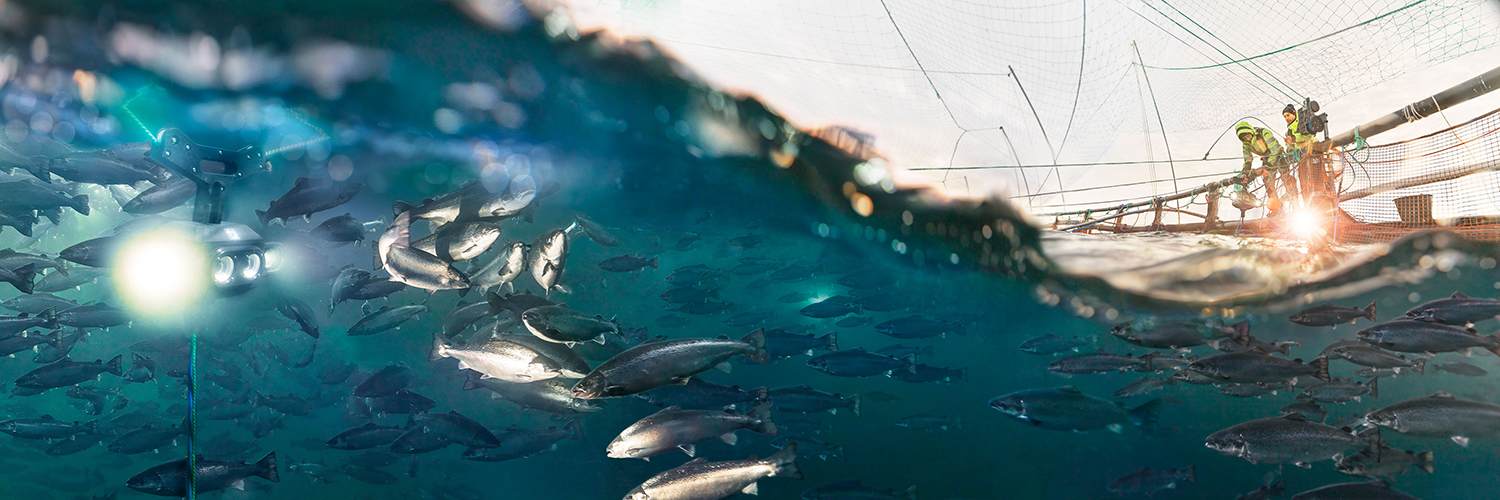
Aquaculture operations produce more than fish, shrimp or other marine life. They generate data – a lot of it. When analyzed, that data can boost aquaculture efficiency, thereby increasing revenue, driving sustainable practices or otherwise improving operations. Data-driven aquaculture is easier now, thanks to advances in computers, sensors and software.
For an example of this dynamic at work, consider Scoot Science. According to CEO Jonathan LaRiviere, in its first year of operation at Cermaq’s farms in Canada, the company’s SeaState platform reduced fish mortality by 34 percent and generated an additional $18 million in revenue. Scoot Science helped achieve this outcome by providing comprehensive environmental and operational data, allowing farmers to anticipate risk and thereby ensure healthier fish.
The issue facing aquaculture producers isn’t a lack of data, LaRiviere said. “They’re sitting on one of the highest resolution ocean observing systems in the world,” LaRiviere told the Advocate.
That detailed data can span years. LaRiviere recalled one instance where a client had a plankton data set on microscope slides across more than 100 sites that went back decades. This type of extensive data rivals anything available from scientific researchers, he said.
What has been lacking is analysis of that data that extracts meaning from it. Scoot Science seeks to supply this through an understanding of how ocean data couples with marine systems. In explaining how this works, LaRiviere used an example of an extreme weather event, like flooding rain inland. When that happens, it degrades water quality and impacts fish health.
Scoot Science uses weather models and combines that with sensor data to forecast such events and then alert its subscribers. Farmers then look at this forecast and may opt to delay operations that stress the fish, thereby not putting another stressor on top of the one brought on by a weather event.
This capability to see the future arises from better weather models, faster computers, improved sensor data and the oceanographic expertise Scoot Science brings to the task. LaRiviere noted that the models Scoot Science use to predict future events are physics based. The company uses machine learning tools to parse big data sets and optimize parameters to improve forecast accuracy.
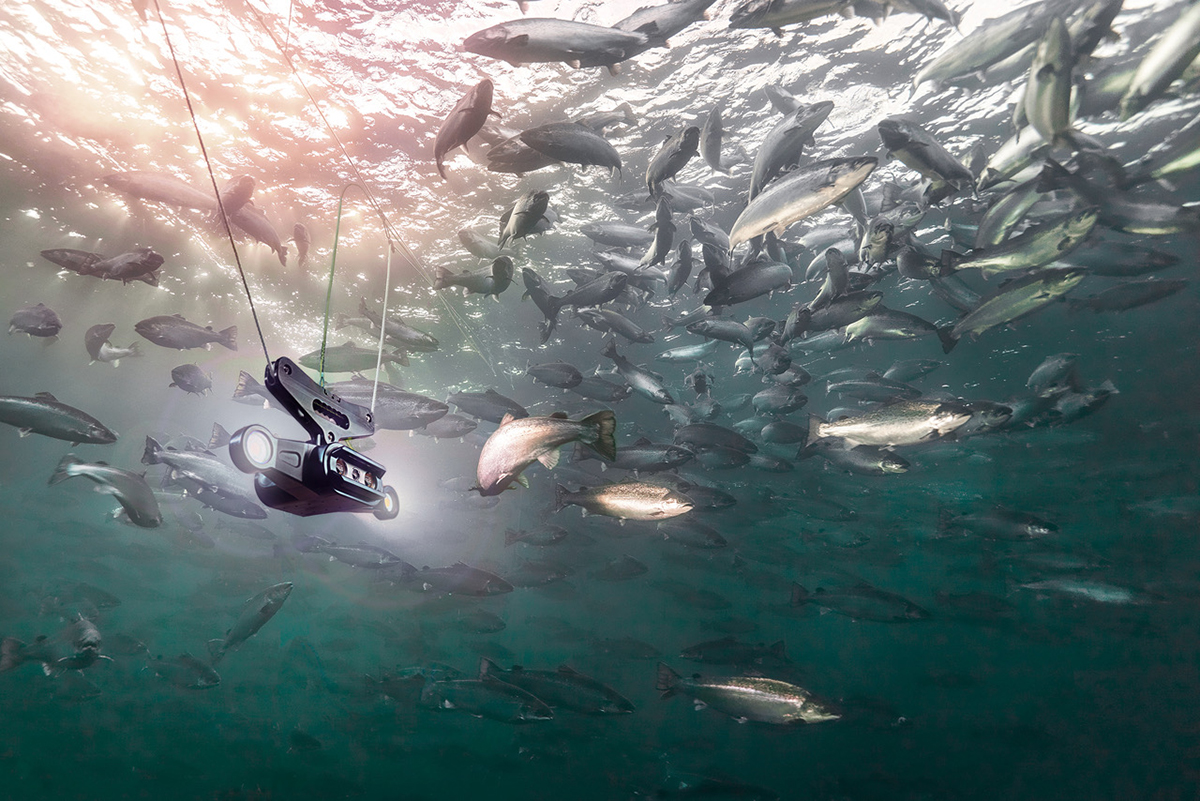
Aquabyte is another firm putting software-, computer- and sensor-related improvements to work in aquaculture. Bryton Shang, executive chairman, noted that the company has monitored more than one billion fish.
“That’s the number of individual times a fish swam past one of our cameras,” Shang said.
From those pictures, the company monitors fish size, using that data to estimate weight and other parameters. Suitable imaging technology has been around for years. What has changed recently, according to Shang, is an expansion of the ability to extract information from that data.
Neural network and AI technology enable analysis of large numbers of images. Among other things, this capability allows automated counting of sea lice, with this done using a regulator approved method. Imagery can also yield quality assessments of fish by looking at breathing rates or swimming behavior.
Weight and quality assessment algorithms using picture analysis get results within a few percent of values determined by traditional methods, Shang noted. He added that Aquabyte marine biologists vet the algorithms and there are other safeguards to ensure that the results of the analysis are dependable.
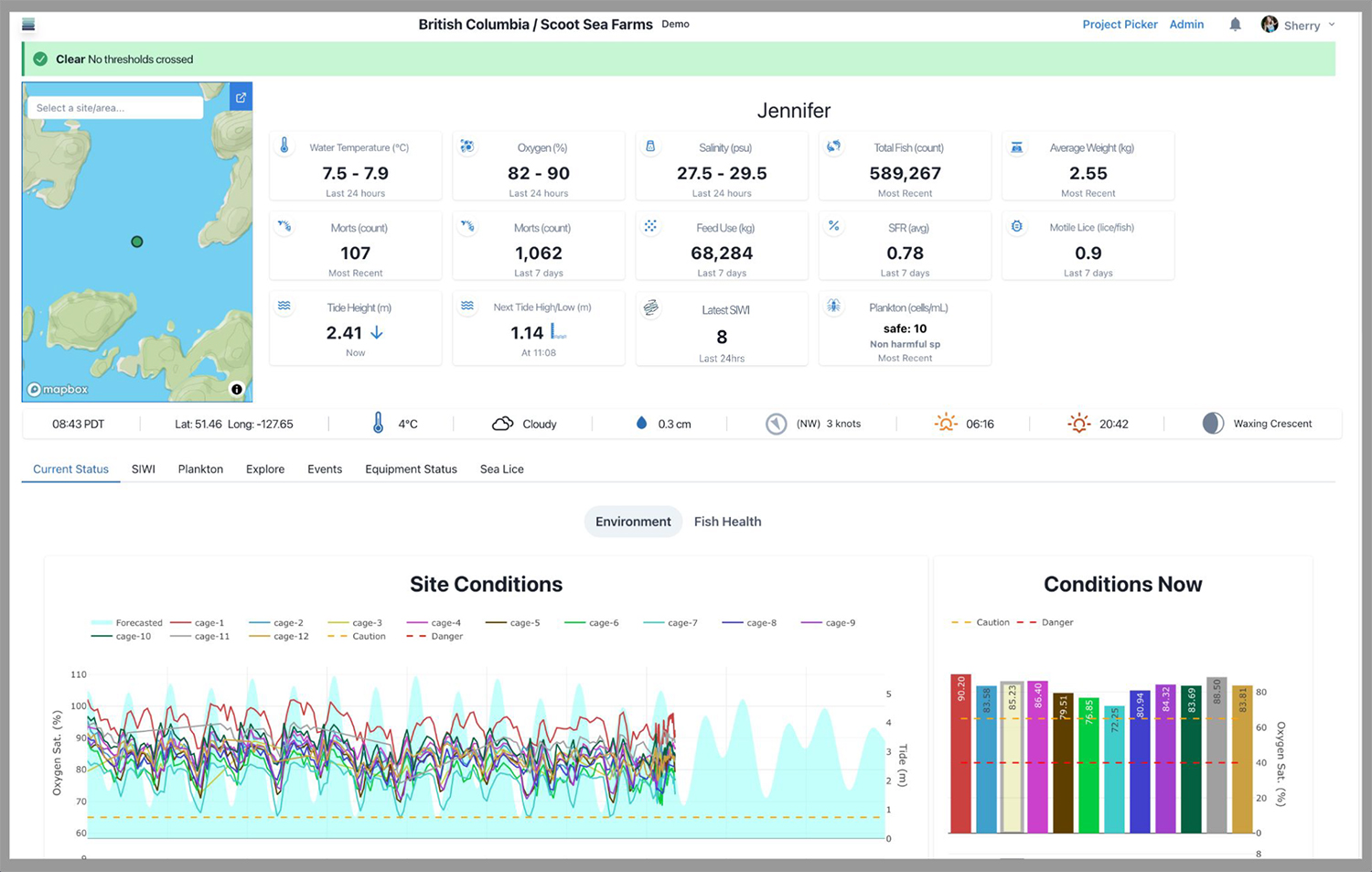
Such image-based information can be useful to farming operations. Suppose two pens are nearing harvest. Which one should a farmer tackle first and when should this harvest happen? Better data and more powerful analysis of that data can lead to a better decision, with the result being more product and higher quality product. Increasing output and quality are two knobs to turn that can drive up revenue.
Data driven aquaculture does face challenges. Getting analysis software to work flawlessly with different species and in different locales takes work, something that Shang likened to getting a self-driving car to work all over the world.
In addition to such technical issues, there are other hurdles to deal with. First, regulators tend to be more hesitant to approve the adoption of new technology than proponents of the solution. Second, technical innovations may require changes in workflow and work culture, with these adjustments taking time.
However, the promise of data driven aquaculture is it maximizes what comes from a farm. That benefit may overcome barriers.
In discussing what Scoot Science does, LaRiviere offered an explanation that applies to data driven aquaculture in general. As he said, “We are better able to grow fish with better welfare and produce better product.”
Now that you've reached the end of the article ...
… please consider supporting GSA’s mission to advance responsible seafood practices through education, advocacy and third-party assurances. The Advocate aims to document the evolution of responsible seafood practices and share the expansive knowledge of our vast network of contributors.
By becoming a Global Seafood Alliance member, you’re ensuring that all of the pre-competitive work we do through member benefits, resources and events can continue. Individual membership costs just $50 a year.
Not a GSA member? Join us.
Author
-

Hank Hogan
Hank Hogan is a freelance writer based in California who covers science and technology. His work has appeared in publications ranging from Boy’s Life to New Scientist.
Tagged With
Related Posts
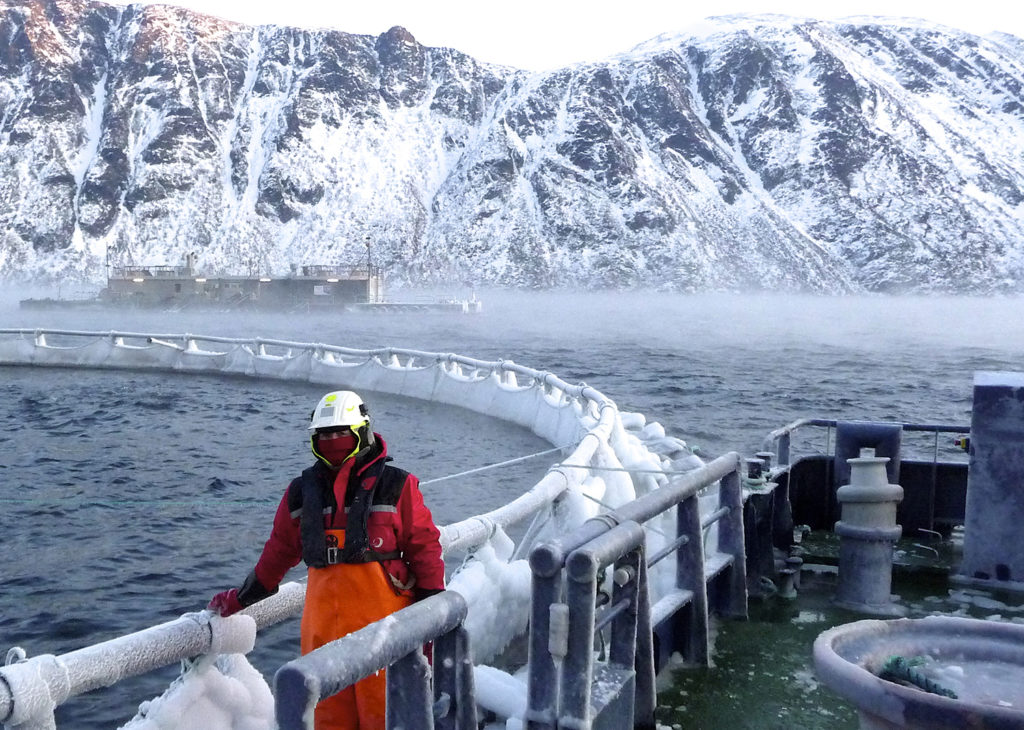
Innovation & Investment
Can underwater forecasting promise loss prevention for fish farmers?
ScootScience, a data management, analytics and underwater forecasting company, is helping a B.C. salmon farmer mitigate the impacts of nature.
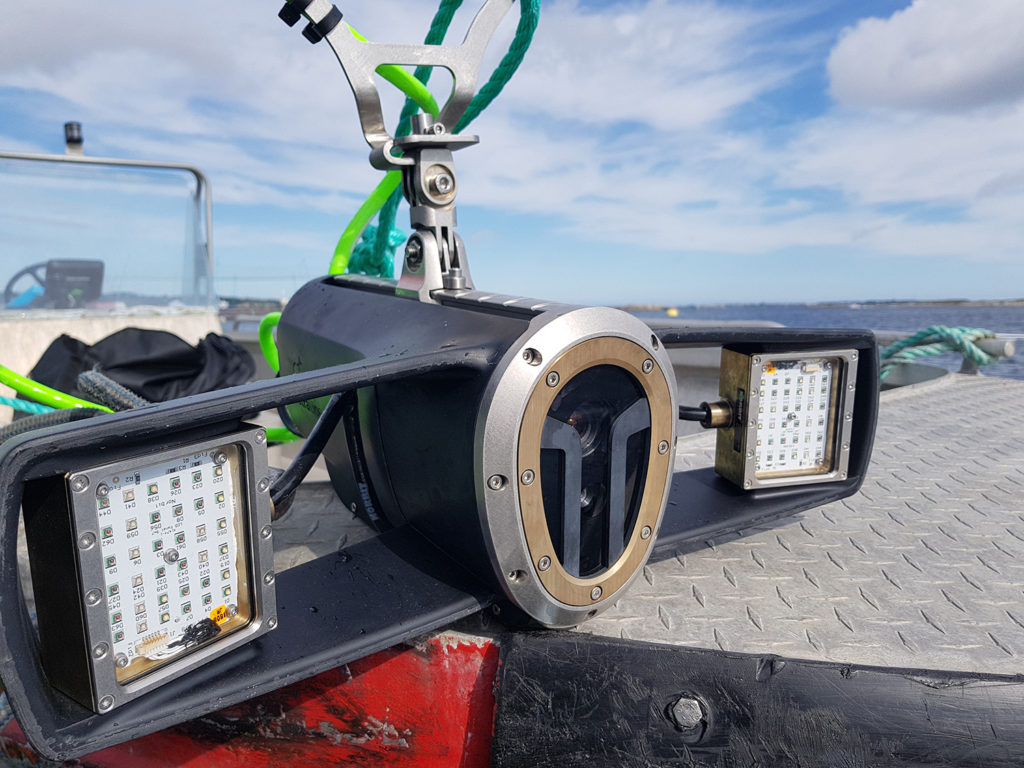
Innovation & Investment
Farmers deploy new high-tech tools against sea lice
Salmon farmers in Norway are trialing two new technologies, including one from Silicon Valley, in their ongoing battle with the persistent sea lice.
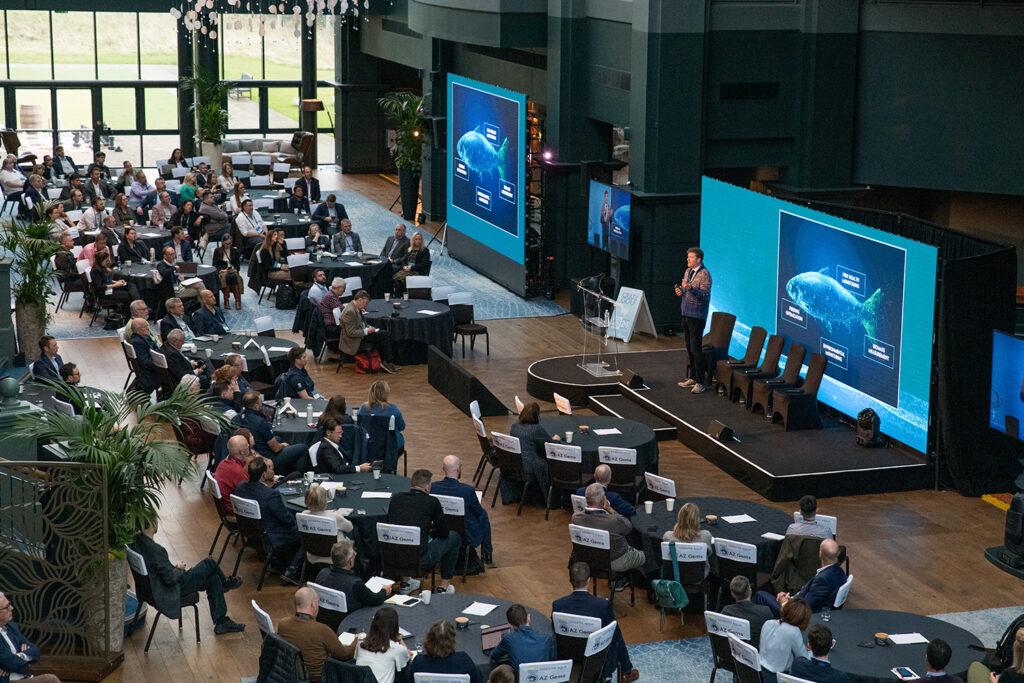
Intelligence
The Advocate reports from the Responsible Seafood Summit in St Andrews
More than 80 speakers took the stage to discuss a wide range of topics in fisheries and aquaculture and responsible seafood sourcing.
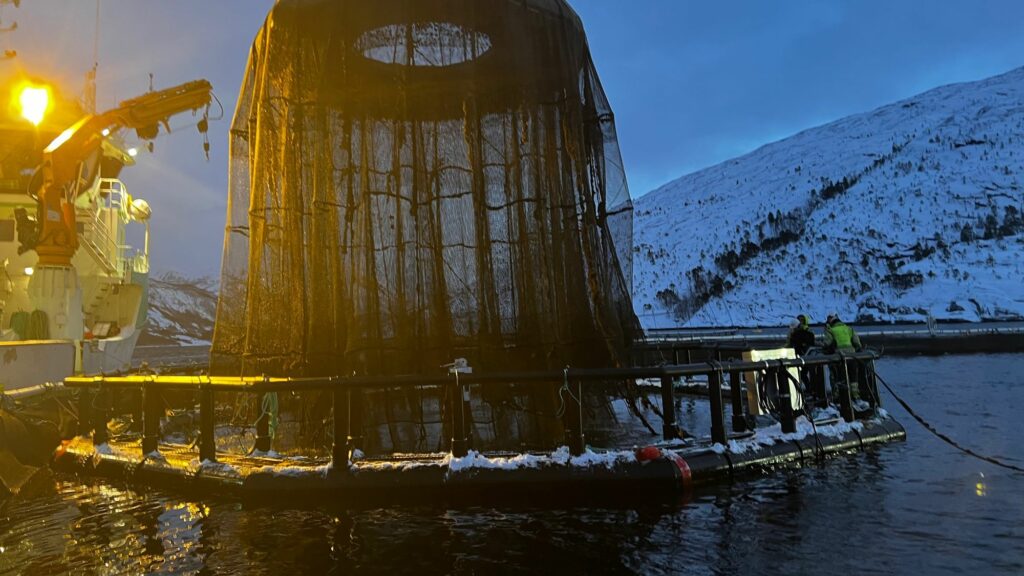
Health & Welfare
Early results from Cermaq’s iFarm sees sea lice levels reduced by 50 percent
Harvest results suggest ‘high quality’ of farmed salmon in iFarm net pens, with sea lice levels reduced by 50 percent, according to Cermaq.


